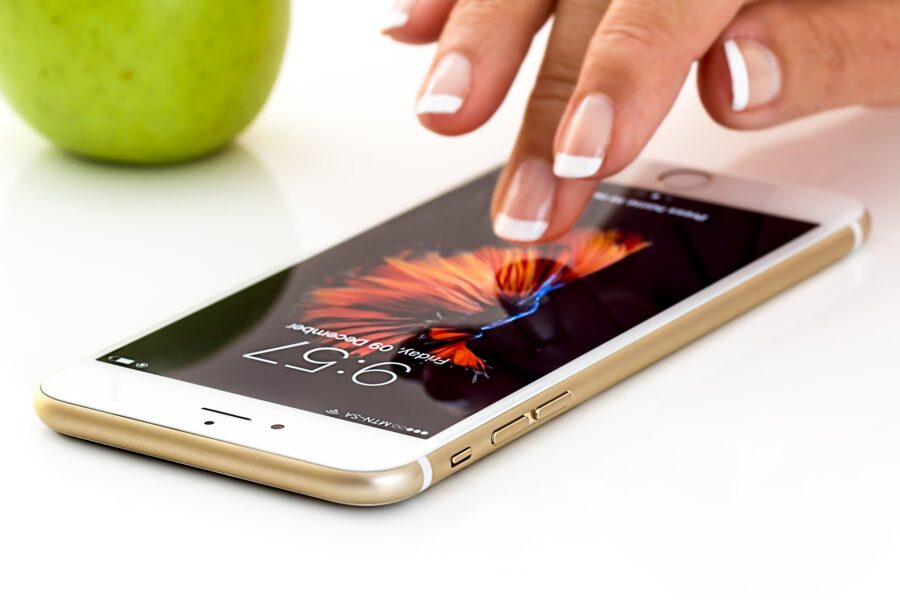Replaceable Smartphone Batteries Are Becoming Real
Replaceable smartphone batteries will be required in the EU by 2027.

There’s nothing worse than having a perfectly good smartphone with a battery that no longer holds a charge. The way things presently work, you have two options when facing this problem: take your phone to a licensed technician to swap the battery out for a nominal (read: egregious) fee, or throw your phone into the ocean and buy a new one. Thankfully, Android Authority has reported that the European Parliament has passed a new law, and we will likely see smartphones with swappable batteries by 2027.
Though no such law has been passed in the US, we can only hope that this EU-specific law will ultimately be implemented stateside at some point in time.
In an effort to cut down on environmental waste, this new law was voted into effect almost unanimously by elected officials, with 587 votes in favor of forcing all gadgets, including smartphones, to have easily replaceable batteries. And by easily replaceable, they mean no adhesives or barriers that could hinder your desire to swap out a battery. This reminds us of the good old days when you could use the same smartphone for several years and purchase replacement or backup batteries instead of waiting for hours at the Apple store for a Genius to do it for you.
However, this development isn’t just about the environment (though we don’t deny its importance). Much like the EU law that’s forcing Apple to utilize USB-C connections for their smartphones rather than the lightning connector, the ability to swap out batteries is an excellent way to keep companies from forcing obsolescence onto a smartphone, which encourages consumers to buy a new one when the battery finally stops holding a charge. In other words, if your smartphone is working perfectly fine in regard to its operating system and overall functionality, then you don’t need to upgrade to a newer model if OEMs (original equipment manufacturers) just let you buy replacement batteries for the model you have.

One of the main reasons your typical smartphone doesn’t currently have easily replaceable batteries is due to the fact that most smartphones are marketed as water-resistant. If the inside of a smartphone is tightly sealed away from outside elements, then it’s harder for water to get in. Most modern smartphones have a design in which two pieces of glass are glued to a metal frame, which does make them watertight to a certain extent.
Additionally, smartphones with non-removable batteries were all but demanded at one point so phones could have a thinner, more sleek design. The downside to having a more portable phone is the overall amount of waste that is produced every two years when consumers would ultimately have to swap in their old phone for a newer model.
Luckily for OEMs in the EU, this new law won’t force them to finalize their designs for a new smartphone with replaceable batteries until 2027, hopefully giving them enough lead time to tackle these two issues. Introducing an easy-access battery hatch to a smartphone will add a new point of entry for moisture and water damage and potentially add a considerable amount of bulk to smartphones. But with 3.5 years to engineer a viable solution, it’s safe to say that phone manufacturers will have plenty of time to figure out how to comply with this new law.












